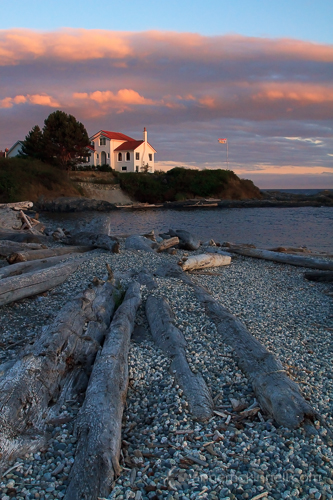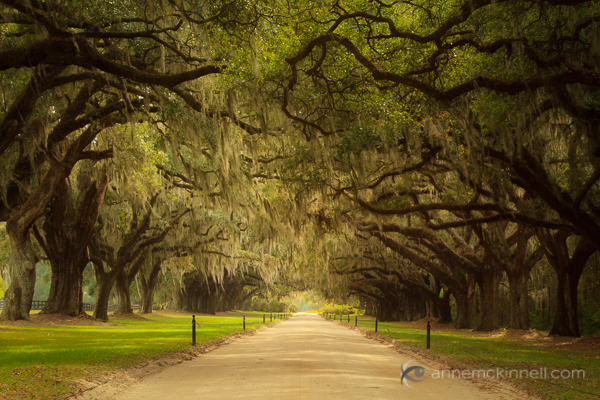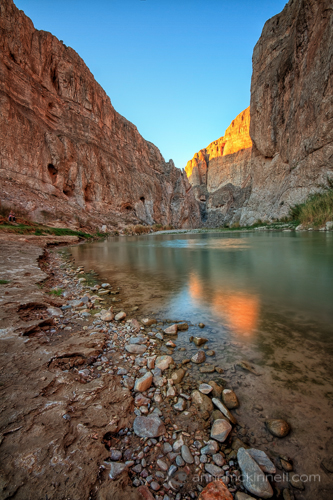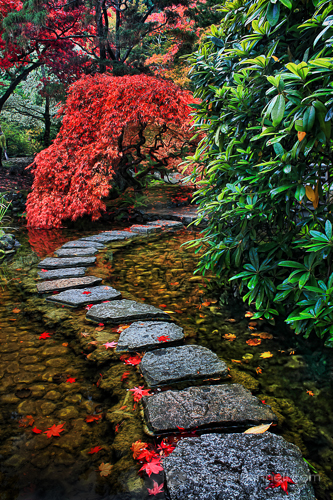There are loads of scenes in the whole film where I haven’t used much of light,” says Tushar Kanti Ray as he elaborates on his shooting style for the upcoming action thriller, D Day.
Having shot visually appealing films like Dhobi Ghat and Shor in the
city amongst others, Tushar has now lent his expertise to the
high-octane entertainer. The ingenious cinematographer speaks to
Pandolin about recreating Karachi in India, shooting in the Rann of
Kutch, working with Hollywood’s finest action directors and the
techniques involved in the making of D Day.

The artist with the camera – Tushar Kanti Ray
ow did you approach the shoot of an action thriller like D Day?




The artist with the camera – Tushar Kanti Ray
ow did you approach the shoot of an action thriller like D Day?
From the first day itself, when I met
Nikhil and we discussed the script, the story and the wholesome approach
to the film, he wanted the film to have an almost voyeuristic look.
When I say voyeuristic I’m trying to say that there is a person who is
standing and watching it happening, there is not much of an involvement
from the camera, the camera is a viewer. I guess this was something that
we started with, but we drifted and we drifted for good while the
shooting was happening and we started realizing the style of the film.
We had some other films in mind for the referencing, the initial
references happened with a documentary called ‘Secret Pakistan’ by BBC.
So we watched that and a couple of other films and got the initial
design in mind.
How have you incorporated Nikhil Advani’s vision with yours?
When a DoP meets the director, the
director is already living with the script for a long time, he has a
visual understanding and I would like to take this opportunity to
mention that Nikhil is a very visual director, so atleast at the
beginning of the film he knew exactly what he was talking about. But
again as the collaboration started we both started realizing something
else, which was not something completely different but going ahead from
that, so we got into that mode. If you see there is a lot of involvement
of the camera happening, there is a kind of, I wouldn’t say dancing,
but there is a choreography that happens between the camera and the
actors throughout the film.
When I say voyeuristic I’m trying to say that there is a person who is
standing and watching it happening, there is not much of an involvement
from the camera, the camera is a viewer.
Have you employed a specific color palette to distinguish between the various moods and locations in the film?
Most of the film is set in Karachi and
there are some portions of India too. For India we have tried to keep it
as real as we could and even Karachi so to say. But in Karachi there
are different locations and we did a lot of research on it, on how the
place should look, so our production designer – Sukant Panigrahy, me and
Nikhil, as a team sat on it, exchanged notes and decided what should be
the look of the space, what kind of color and so on. There is no
particular look and color as there were so many locations and we were
concentrating on each location separately and trying to be as
naturalistic and realistic as possible to give the real feel of that
kind of space. The costumes also happened brilliantly, and I am sure
when people watch the film, one will wonder if we have really shot in
Pakistan or recreated it in India, I think that’s a great achievement
that we managed.
What format have you shot the film on? What kind of angles have largely been used?
We shot on Alexa with a Gemini recorder
which gives you ARRIRAW 4:4:4. There is no particular type of framing or
lensing, I would say, the scene, the space and the actors were the
guiding factor. For example, if you see Arjun, you will get to see a lot
of dynamic shots being framed for him. He’s a mercenary, a soldier, a
person with lesser emotions though there are some emotional parts in the
film, but he is not a family man and basically focuses on the mission
and that is his top priority. He has been shot accordingly and we have
tried to shoot him as dynamically as we could. While if you see Irrfan,
he is a family person, going through a lot of turmoil as he is very
concerned about his family. He loves his son and his wife but he is also
very concerned about the project to happen, so he is in a state of
confusion. So while shooting him you don’t see too much of dynamism,
mostly eye level shots, not a lot of wide lensing or too many beautiful
things happening on the side of Irrfan.

Driven by the scene, the space and the actors
How much of steadicam and handheld have you used?
Almost 95 per cent of the film is shot
handheld. There are some steadicam shots used for a few hours of a day,
where we initially thought that the steadicam would do wonders for the
shot that we wanted to have but later realized that it was probably not
the best idea to go with but that also worked. There are some Jib
shots, because in some places we wanted the camera to be on a higher
side , so these shots had to have immediate operation. Otherwise, 95- 98
per cent is handheld.
The film has largely been shot in
Ahmedabad. Can you throw some light on the kind of locations used and
why? Have you’ll largely shot exterior or interior?
Around 50 per cent of the film is shot
in Gujarat – Ahmedabad and the Rann of Kutch. We had some references for
Karachi and different places of Pakistan, so we were trying to get
locations that looked like Muslim dominated areas where you get to see
skullcaps, a masjid or dargah around, the eateries are of that kind, you
get to see a lot of women wearing burkhas and so on. We were trying
because if you get those then naturally your production designing starts
falling in place. There is a lodge that we shot in as we wanted to have
a lodge which is not convenient at all for a person who is living in
luxury to go and stay in that place. There is a barber’s shot in Mumbai
and a beautiful house, Irrfan’s house that we found in Ahmedabad was
very close to a dargah we shot in. It’s an old and beautiful dargah and
was fascinating to shoot there. All these locations are very close to
the reference pictures we had. We did not have any sets really except
for the wedding sequence at the beginning of the film that we had to
create. We have shot around 35-40 percent exterior and the rest
interior.
Some of the scenes have been shot on
challenging terrains. Did you’ll face any challenges while shooting
there? What sources of light have you used for these shots?
Those scenes were shot in the Rann of
Kutch and there was no lighting used. 90 per cent of the scenes are shot
with available light. And it is a beautiful location, you can just go
with the camera and start capturing, it is so beautiful. The biggest
challenge was to reach there as it is time consuming; the roads were not
in best condition, getting things over there was difficult for
production. But otherwise shooting was managed quite well.
There are many smaller locations that we had to choose because they were
giving us the right feel and I was very happy to shoot in those
locations without using much light.
Can you tell us about the lighting design of the film?
There are loads of scenes in the whole
film where I haven’t used much of light be it exterior, night exterior,
day interior etc. I had a light package including a couple of 6ks, 4ks, 9
bank Dino, and lots of smaller lights which I could place anywhere I
wanted. If you see Irrfan’s house it is a very tiny location, even the
barber’s shop and the lodge are all small locations. There are many
smaller locations that we had to choose because they were giving us the
right feel and I was very happy to shoot in those locations without
using much light.

With Arjun Rampal
What was the thought process employed
while shooting the songs of the film? Which was the most challenging or
interesting song to shoot?
We were extremely adamant as a team that
we didn’t want to shoot a song which didn’t make sense to the film.
Those days are gone in Bollywood, fortunately. Most of the films today
are using songs in a nicer way. We need to agree that we cannot really
chuck all the songs out of a film because we have a history behind it,
our audiences love to hear songs and songs form an integral part of any
film in Indian history. But we really wanted all the songs to work for
the film, to take the story ahead.
There is a portion where Arjun is
falling in love with Shruti. The discussion about this love aspect in
the film started from the beginning and I didn’t want to drift away from
my style of shooting and lighting from the rest of the film, this part
couldn’t just look very different from the rest of the film. So we had
to get into a design which looks as a part of the film and still looks
beautiful as we wanted to see moments between two lovers. It was
fantastic production designing done by Sukant and his team for the
particular place and there was a lot of lighting involved for this bit.
How was the association with the
action coordinator? Since there are various stunts in the film, could
you tell us about the kind of rigs you have used? Any special rigs that
you’ll fabricated?
We haven’t really used any special rigs.
Tom Struthers was there and we had all become his students and learnt a
lot from him. We all knew that to begin with it is going to be a
handheld film, and it cannot happen like any Hollywood film action as we
didn’t want that. We wanted the action to be as normal and naturalistic
as possible. Irrfan is a barber for the last 9-10 years and Arjun is a
soldier, so they can’t fight alike. Irrfan couldn’t have fought as well
as Arjun. There was a training happening with Irrfan but Tom and Irrfan
too didn’t want to fight as a soldier. If I started shooting that with
the understanding of a classic Hollywood action film it would have
actually fallen in a different space. The camera angles were different
and Tom was continuously telling me what angle would help to capture a
particular action. Those things were kept in mind, otherwise it was all
very organic.
The multi-camera set up used to capture the blasts is something you
cannot avoid. I normally don’t like using multi-cameras but in such
scenes, you need to use multi-cameras to capture as many angles as you
can.
What technique have you used to show the various bomb blasts in the film?
Most of the blasts that you see have
been done in real locations. Tom and the entire team worked really hard
to create realistic blasts. We were capturing it on more than a single
camera most of the time and in VFX we would try and enhance it
sometimes. There is a car blast happening and it has not been touched by
VFX, it was beautifully done on location. There are some blasts that
have been enhanced by VFX but some haven’t been touched at all. The
multi-camera set up used to capture the blasts is something you cannot
avoid. I normally don’t like using multi-cameras but in such scenes, you
need to use multi-cameras to capture as many angles as you can.
What was the most challenging aspect of the film and how did you overcome it?
Initially it was a little challenging
because you want to give the actors a free hand and don’t want to tell
them to hit a particular mark. I really appreciate when Nikhil told me
that this is a very important part for our film. So in the beginning it
was a little challenging for me and my focus puller as well as it was a
handheld film and I chose to shoot full open, chose to shoot with as
minimum lights as possible. But then we started growing with it, I
started realizing that it is also helping me as the camera is on my
shoulder and I can do whatever I want to do. So they were doing their
thing and I was doing my thing and at the end, it was fantastically
jammed together.

Creating a visual choreography
How was the overall experience of working with the cast of the film?
I think it was a great learning
experience. Sharing the same space with Rishi Kapoor Sir is amazing
because of the experience that he comes with. An actor of Irrfan’s
caliber teaches you so many things. Being the DoP, you are the first
person who is watching the film and you get to see a person who is doing
absolutely nothing and giving you all the emotions. It was fascinating
to work with Arjun too who has a great physique and has done some
brilliant action. Working with everybody for that matter was a great
experience all together.
What was the shooting schedule like? Where has the post production been done and who was your team?
We shot around 58-59 days. The post
production was done at Prime Focus. Sunny Singh was the colorist and he
is absolutely brilliant to work with. He added to the film amazingly,
without him, the look would have been totally different. Merzin Tavaria
is the VFX head at Prime Focus and there were lots of other people
involved. I didn’t have a gaffer per say. I had a great team which
included Jignet Wangchuk who was the first AC. We are working together
for some time now and he is a delight to work with. Rangoli Agarwal was
the second AC, Rais Ansari was pulling the focus, Pradeep who was the
best boy from Monalisa was promoted to the gaffer by the middle of the
schedule and he did a good job at it.
Photo Courtesy: Emmay Entertainment
Posted
July 18, 2013 by Esha Verma in
E-Zine.





























